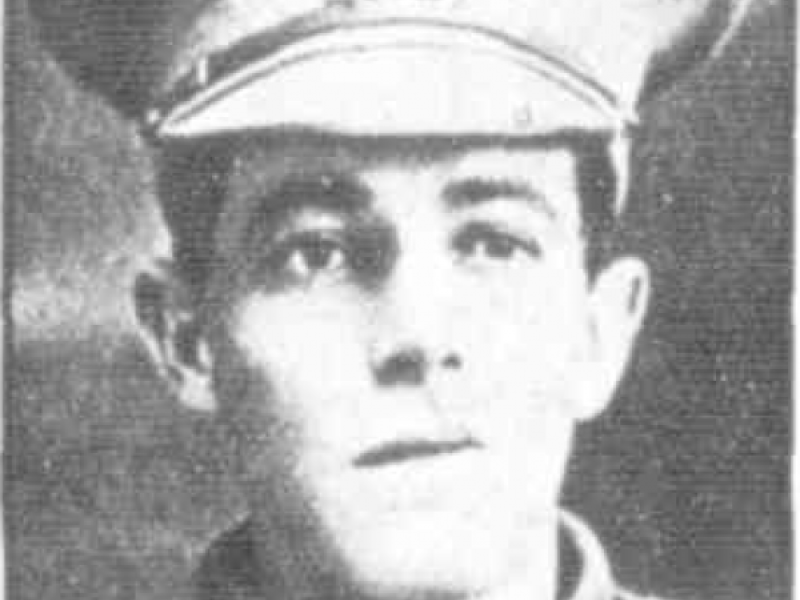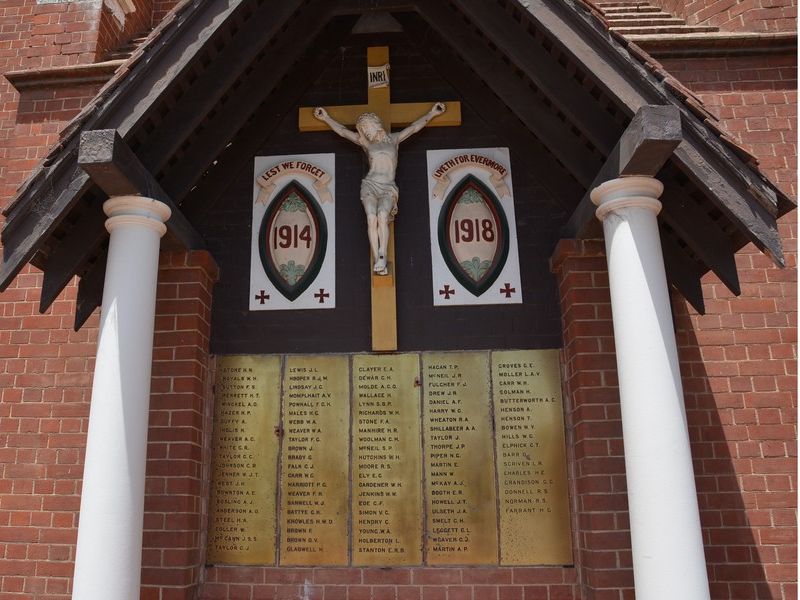Corporal William Alexander Young, 27th Battalion
William Young was born on 21 May 1890 to James and Alice Young. He grew up in Port Adelaide, where he attended the local school. Young lost his parents before he turned ten, and was brought up by his aunt, Mrs Inglis, in nearby Exeter. He went on to work as a clerk.
William Young enlisted in the Australian Imperial Force in February 1915. He was posted to the newly-raised 27th Battalion and left Australia for active service overseas at the end of May. The 27th Battalion spent two months training in Egypt before arriving on Gallipoli on the 12th of September. It seems that Young was left in Egypt, where he was promoted to temporary corporal and eventually made storeman in charge of kit bags. A small act of disobedience later saw him revert to the rank of private but he was later promoted to corporal again.
Young rejoined the 27th Battalion in January 1916 following the evacuation from Gallipoli. He travelled with them to France in March 1916.
Four months later the 27th Battalion took part in its first major operation on the Western Front near the French village of Pozières. On 4 August 1916 the 27th Battalion attacked two strongly-held German trenches, known as OG 1 and OG 2, to the north-east of the village. The battalion was able to capture the trenches, together with a heavily fortified windmill held by the Germans, repulsing a number of strong counter-attacks.
Today the location of the windmill is an Australian memorial which, in the words of Charles Bean, marks a ridge “more densely sown with Australian sacrifice than any other place on earth”.
One of the 23,000 men killed, wounded or missing was Corporal William Alexander Young.
Young remained on the official missing lists for months. Investigations revealed a large number of conflicting accounts of his fate, from him being in England with a broken leg, to him being alive and well and in charge of stretcher bearers in November 1916. Some said they saw him killed at Pozières, others that he wasn’t killed until four months later. Some informants confused Corporal Young with a sergeant of a similar name in the 27th Battalion, making it harder still to Corporal Young’s fate.
About a year after he first went missing, Corporal Young’s aunt, Mrs Inglis, received formal notification that military authorities had determined that William Alexander Young had been killed in action on 4 August 1916.
His body was never recovered and today he is commemorated on the memorial to the missing at Villers-Bretonneux. He was 26 years old.
Meleah Hampton, Historian, Military History Unit
- Australian War Memorial https://www.awm.gov.au/collection/AWM2017.1.121

 Australian War Memorial
Australian War Memorial